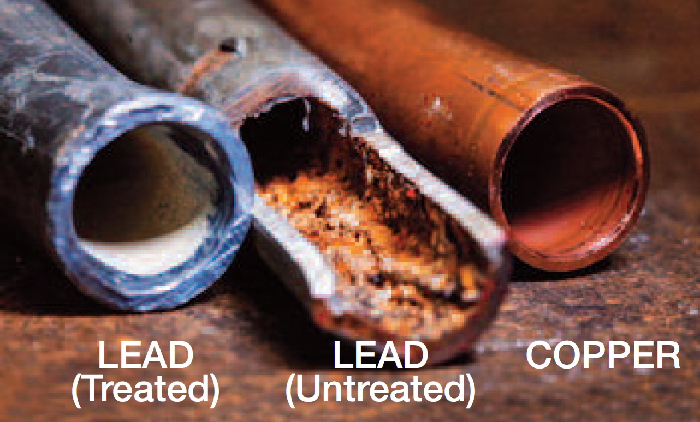Do you have lead plumbing in your home?
What you should do if you think there’s lead plumbing in your home
Homes built before 1986 are more likely to have pipes and plumbing containing lead. Lead may exist in your service line, internal plumbing, lead solder, faucets or fixtures. If you suspect there are lead pipes or plumbing in your home, take these steps.
Test your water for elevated lead levels.
Lead exposure can come from water that has been in contact with lead pipes or plumbing. If you think there may be lead in your drinking water, you should contact us and ask for a free lead testing kit. We’ll test your water and let you know the results.
Check and replace your service line.
Thousands and thousands of homes in Paterson, Clifton and Passaic still have lead service lines. (The service line brings water from our pipe into your house.) PVWC is currently replacing 6,500 lead and
galvanized steel service line in these towns at NO COST to the homeowner. Contact us to find
out how you may be able to take advantage of our Lead Service Line Replacement
program.
Have your children tested. Consult your doctor or call your local Health Department for advice on testing children. A simple blood test can detect lead.
Check the plumbing in your home. Your local building/code department may be able to provide you with information about building permit records that may contain information on your home’s plumbing materials. For more information, please call your municipal office.

Learn more about lead, the risks and how you can protect your family. For more information, contact any of the following agencies:
- The National Lead Information Center 1-800-424-5323
- EPA’s Safe Drinking Water Hotline 1-800-426-4791
- Consumer Product Safety Commission 1-800-638-2772
- Visit the EPA at www.epa.gov/lead/
For more information, call PVWC Customer Service at 973-340-4300.

